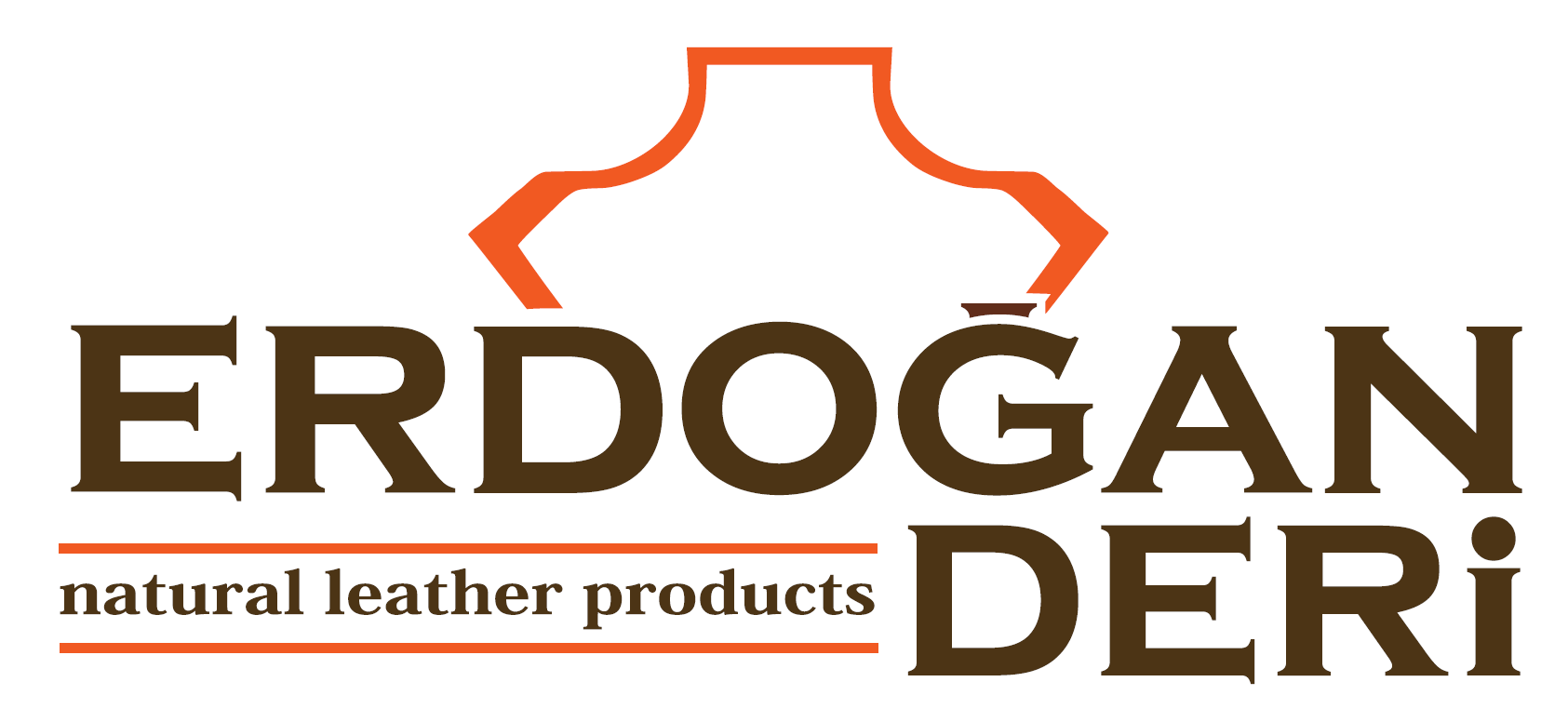
30 May Some Information About Sheepskin Boot
Sheepskin boots will be boots produced using sheepskin . The fleece on sheepskin has great protecting properties thus such boots are ordinarily worn when it is chilly.
Sheepskin boots have been worn and utilized as a part of colder atmospheres since no less than 500 B.C. as a Mummy in Subashi, China has been revealed wearing a couple. In antiquated Greece, Plato composed that a great many people would wrap their feet in warm felt and sheepskin amid the hard winters in Potidaea. In the nineteenth century, voyager William Knight watched sheepskin boots being worn by the general population of Tibet. Ladies artists wore boots of variegated hues while male horsemen wore extensive boots alongside substantial sheepskin trousers and coats. The Eskimo and Inuit of the polar locales use sheepskin turkey to make warm boots which have names, for example, kamipak or marnguaq. These are oiled to make them waterproof. In the Russian winter, thepeasants regularly wore high boots lined with sheepskin to stay warm
Sheepskin is utilized to create sheepskin calfskin items and delicate fleece lined garments or covers, including gloves, caps, shoes, stools, car seat covers, infant and invalid carpets and pelts. Sheepskin numnahs, saddle cushions, saddle seat covers, sheepskin horse boots, tack linings and circumference tubes are likewise made and utilized as a part of equestrianism.
The downy of sheepskin has incredible protecting properties and it is likewise impervious to fire and friction based electricity. Fleece is considered by the therapeutic calling to be hypoallergenic. Sheepskin is a characteristic encasing, and draws sweat far from the wearer and into the filaments. There, it traps somewhere around 30 and 36 percent of its own weight in dampness.
Testing at the Royal Melbourne Hospital and the CSIRO Textile and Fibre Technology Leather Research Centre affirmed the benefits of medicinal sheepskin in the counteractive action and treatment of weight ulcers.
Sheepskin boots is normal in the customary dress of people groups all through the Old World. They appear to be particularly mainstream in the steppes of Eastern European and Northern Asia, and as indicated by the French knight Robert de Clari, they were a piece of the national ensemble of the Cuman individuals who lived there cicra 1200CE. In Ukraine a sheepskin coat is known as a kozhukh and a vest a kozhushanka are a notorious part of the national outfit. In Spain such a coat is known as a zamarra, in Tibet a chuba, in Kazakh a ton, in Romania a cojoc,. In the English-talking world, one may discuss a shearling coat.
The utilization of sheepskin seat covers in moving vehicles goes back centuries, maybe as long prior as the Bronze Age, when wagons and carriages were initially utilized. The more refined, tailor-made sheepskin auto seat fronts of the current period have been mainstream in Europe for quite a long time, and developed in incredible fame in the United States in the mid 1970s.
Finally, the nature of the sheepskin utilized as a part of every application relies on upon a few components, for the most part whether the pelt, which is the back of the cover up, will be unmistakable or not. Where the pelt is obvious, better quality stow away with negligible seed will be utilized.
